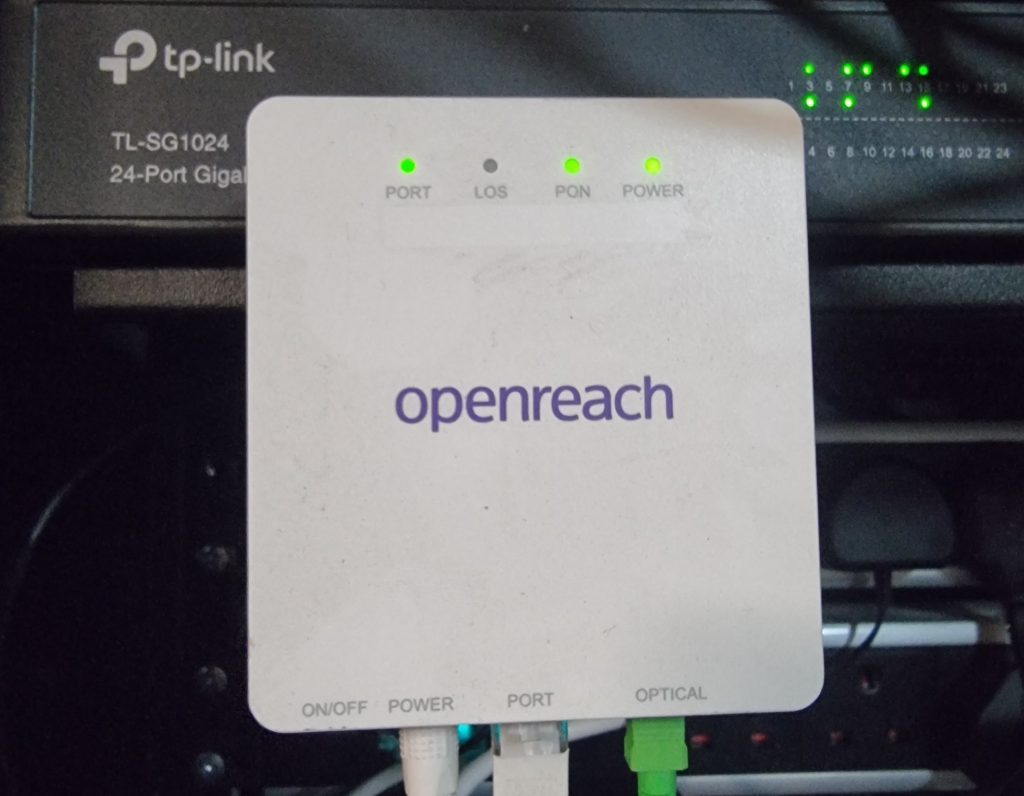In the realm of fibre optic technology, the Optical Network Terminal ONTs stands as a cornerstone. Facilitating the seamless transmission of data and empowering modern connectivity. In this post, we delve into the intricacies of ONTs, exploring their functions, benefits, and pivotal role in shaping the digital landscape.

Understanding ONTs
At its core, an ONT serves as the gateway between the fibre optic network infrastructure and the end-user’s premises. Essentially, it acts as the interface that converts optical signals from the fibre optic cable into electrical signals usable by devices such as computers, phones, and smart home appliances.
Functions of ONTs
- Signal Conversion: ONTs are responsible for converting optical signals into electrical signals, ensuring compatibility with standard networking equipment.
- Data Routing: ONTs manage the flow of data between the fibre optic network and the user’s devices. Directing traffic efficiently to enable seamless communication.
- Service Provisioning: ONTs play a crucial role in provisioning and managing services such as internet access, voice communication, and television delivery over fibre optic networks.
- Security: ONTs often include built-in security features to protect against cyber threats and unauthorized access. Safeguarding the integrity of the network and user data.
Benefits of ONTs
- High-Speed Connectivity: By harnessing the power of fibre optic technology. Optical Network Terminal ONTs enable ultra-fast internet speeds and reliable data transmission, meeting the demands of today’s bandwidth-intensive applications.
- Reliability: Fibre optic connections are inherently more reliable than traditional copper-based connections, offering greater resistance to interference and signal degradation.
- Scalability: ONTs support scalable network architectures, allowing for easy expansion and adaptation to evolving user needs without compromising performance.
- Future-Proofing: With support for advanced services such as Gigabit internet and IPTV. ONTs ensure that users are prepared for the future of digital communication and entertainment.

Applications of Optical Network Terminal ONTs
ONTs find widespread use in various settings, including residential, commercial, and industrial environments. From powering high-speed internet access in homes to facilitating advanced communication services in enterprise networks. Optical Network Terminal ONTs play a crucial role in enabling connectivity across diverse applications.
Conclusion
In conclusion, ONTs are the unsung heroes of fibre optic connectivity, bridging the gap between network infrastructure and end-user devices. With their ability to convert optical signals into actionable data. ONTs empower users to experience the full benefits of fibre optic technology, including high-speed internet access, reliable communication, and future-proof connectivity. As the digital landscape continues to evolve, ONTs will remain a cornerstone of modern connectivity. Driving innovation and connectivity for years to come.
